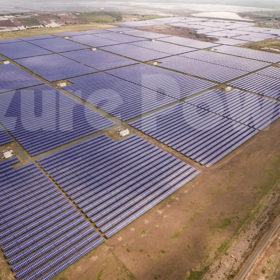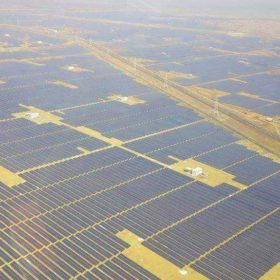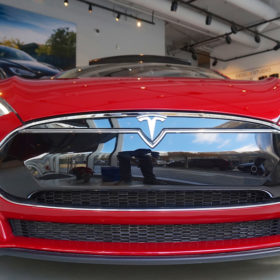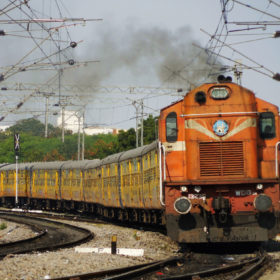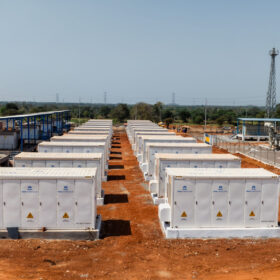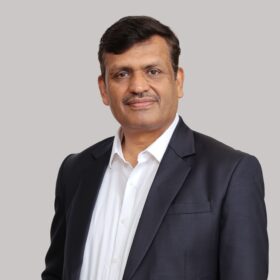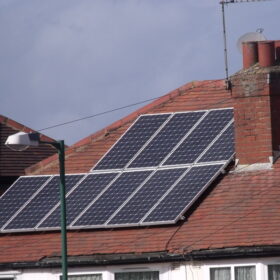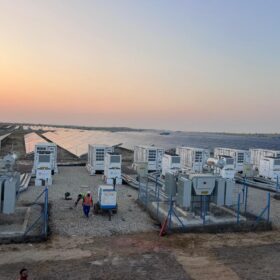NTPC opens global bids for 20 MW floating solar project in Uttar Pradesh
The winning developer will be able to use solar modules and cells of any origin for the plant, which will be built in Auraiya district, Uttar Pradesh. Bidding closes on Sept. 5.
Tata Power partners Tata Motors to install 300 EV charging stations across India
The charging stations—to be installed in five metro cities—will come up at strategic locations frequented by potential electric vehicle owners such as Tata Motors dealerships, certain Tata Group retail outlets and other public locations.
SECI tenders 1.5 GW solar with VGF support for state-run power generators
Micro and mini grid-connected projects will also be considered. The projects—to be developed on ‘build-own-operate’ basis—can be set up anywhere in India for self-use or use by government entities at maximum fixed tariffs of Rs 3.50/kWh. Bidding will close on August 23.
Azure Power wins 300 MW ISTS SECI solar project
The NYSE-listed solar developer now has 1.5 GW of interstate transmission system projects with sovereign counterparties—the largest such portfolio in India.
In SECI and NTPC PPAs, discom profile is integral for counterparty analysis: Ind-Ra
While Solar Energy Corporation of India and NTPC fare better on tariff payment obligations than directly selling to discoms, all other obligations need to be met by them only to the extent they are met on a back-to-back basis by discoms.
NSEFI asks ministry to intervene as Andhra Pradesh curtails renewable power
After High Court’s stay on tariff revision, the state government has resorted to unprecedented curtailment of wind and solar power projects.
Megapack marks Tesla’s new play for utility scale storage market
The Palo Alto company says it has improved its large scale battery offering with the new product in the wake of the success of its Powerpack-driven big battery in Australia. The Megapack can be deployed at a 250 MW/1 GWh clean energy plant four times faster than a fossil fuel alternative, claimed the business in a blogpost.
Indian Railways to become world’s first 100% green operator, says minister
The plan, announced in parliament, is an extension to the bid to install 1 GW of solar generation capacity during the current fiscal year and hit 5 GW in 2025. The emphasis will be on trackside and static rooftop installations rather than solar train roofs, said the minister for railways.
MNRE blacklists developer over 500 MW solar park delay
The ministry slammed the business for delays to a planned site in the village of Bhamer but a spokesman for the developer said the scheme was held up for 18 months by the state government of Maharashtra.
India’s renewable power generation cost the lowest in Asia Pacific
The cost of solar power generation in India has fallen to half the level seen in many other markets in the region due to extensive solar resource, market scale and competition.



